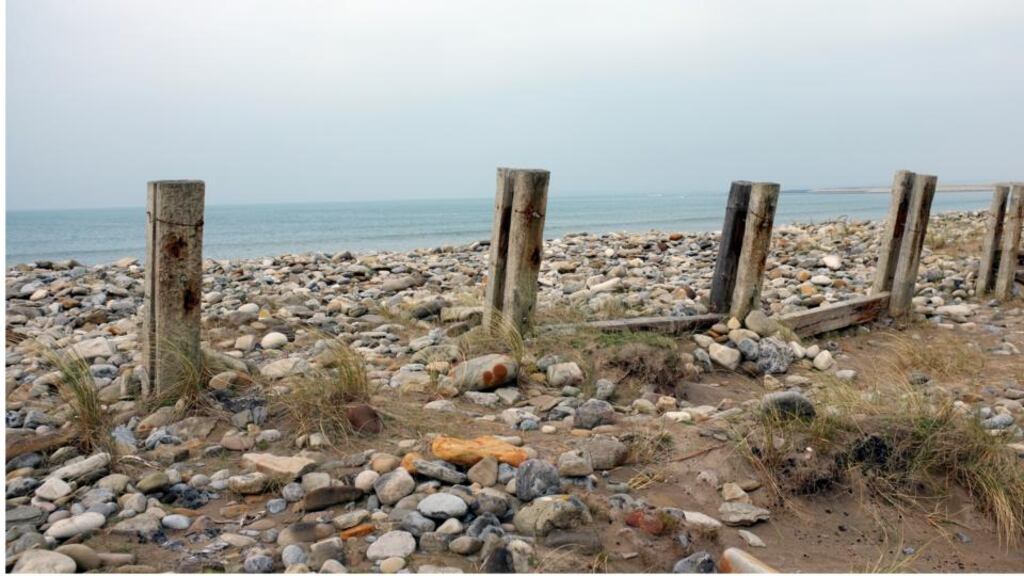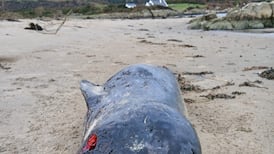The number of plastic bottles discarded on Irish beaches increased in 2013 following the hot summer, according to a survey by an environmental campaign group.
Coastwatch’s all-Ireland autumn 2013 survey shows drinks containers were the most widespread type of large litter encountered.
Nearly 15,000 plastic bottles were found over some 7,822 km of coastline. The “slight increase” on previous years “might be expected with the higher number of people on the shore last summer,” Coastwatch said.
A can count of 4,339 was the lowest ever, but the number of glass bottles recorded almost doubled since last year with 1,393 counted. After plastic bottles, the most widespread category of litter was fishing/angling/aquaculture while clothing ranked third.
Surveyors who reported threats to the shore mentioned erosion most frequently (17 per cent of surveyed sites) followed by water pollution and recreational abuse.
In terms of wildlife, jellyfish were more common than in any previous survey and there was also the most northerly record of triggerfish. “Nature appears to be responding to the abnormally long, warm summer, which drove sea temperatures up,” Coastwatch said.
Among the positives recorded by the surveyors was the prevalence of honeycomb worm reefs, which were found on more sites than in any previous survey.
More worryingly, alien invasive species such as Japanese knotweed, New Zealand flax and Sea Buckthorn were found to be spreading.
The Pacific oyster - now declared an invasive alien species - was also reported growing on rocks in Galway Bay and in Mayo. “Prevention and removal measures are urgent,” Coastwatch said.










